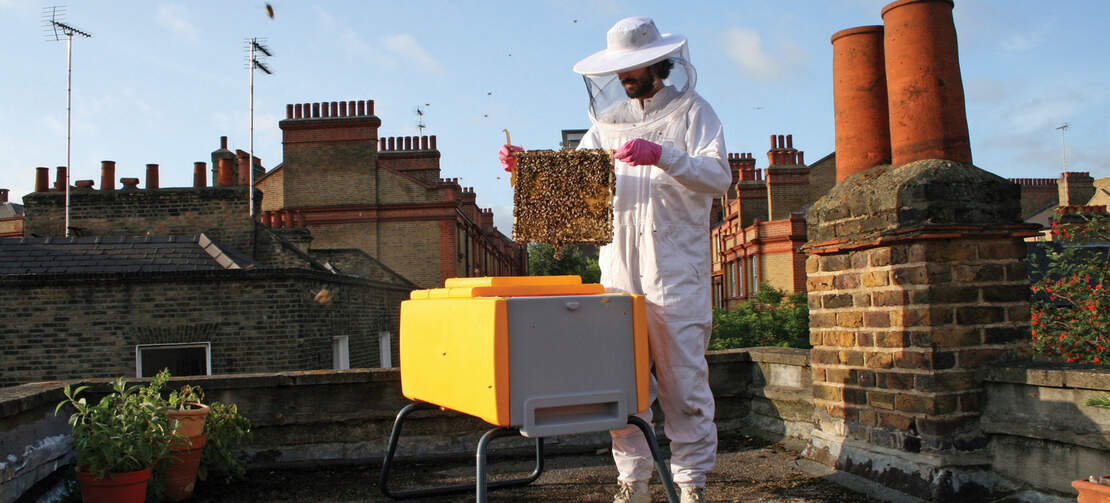
Play Video
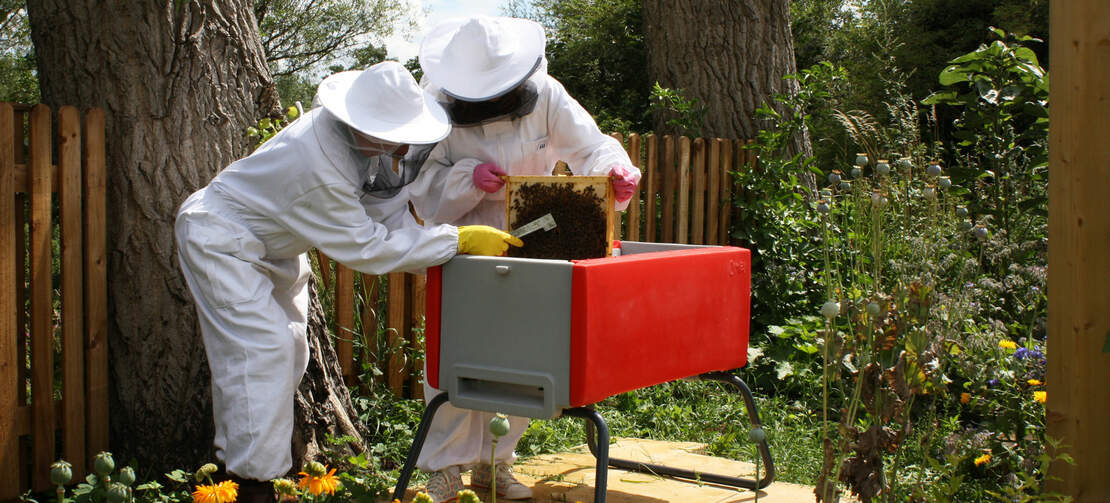
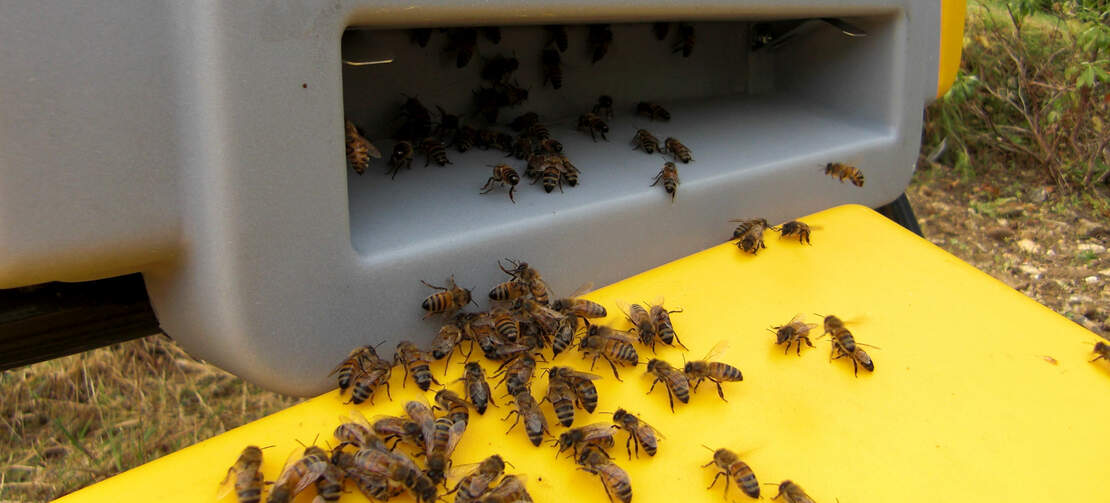
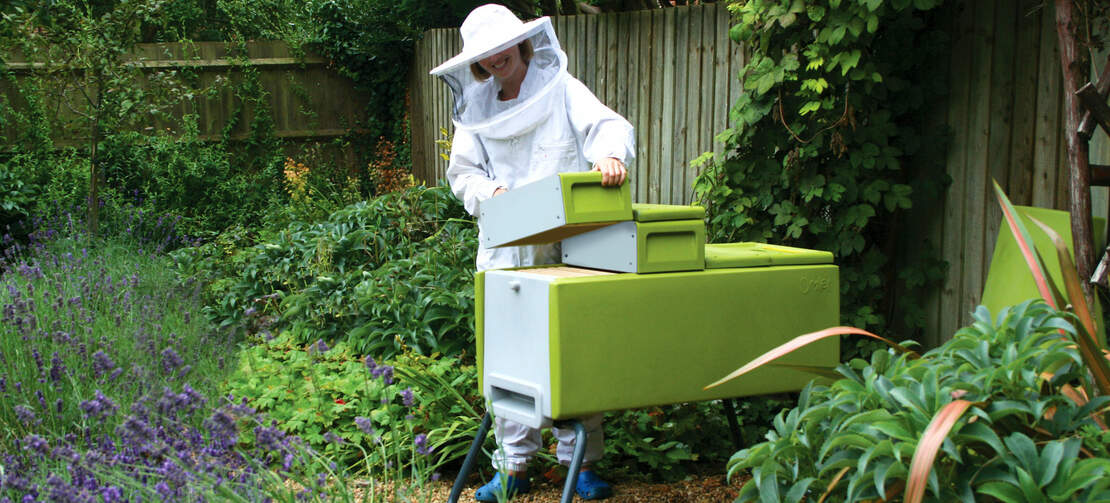
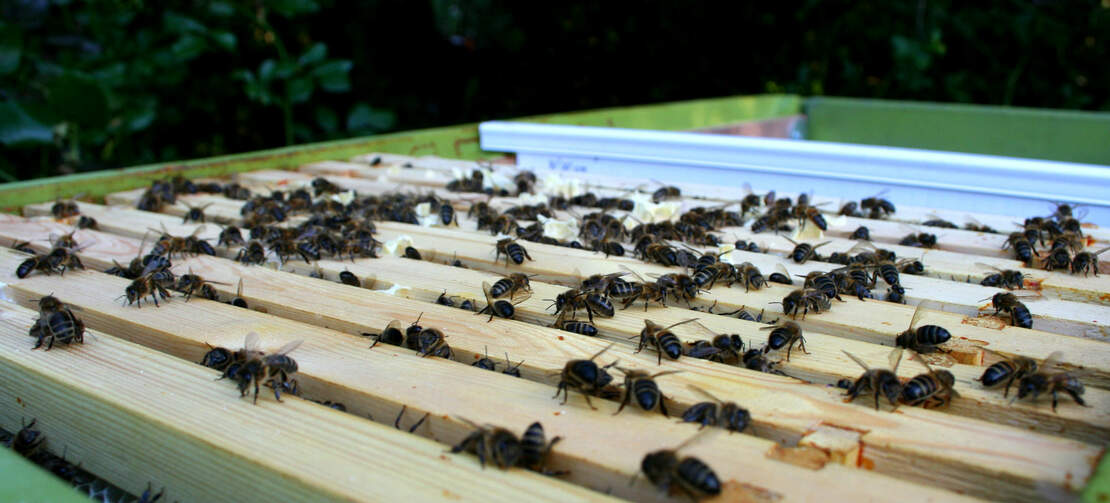
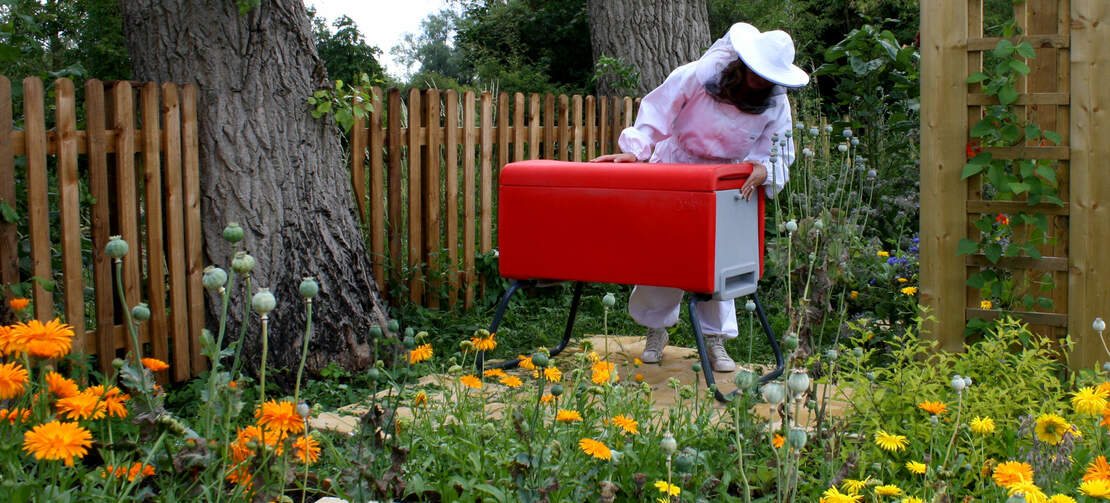
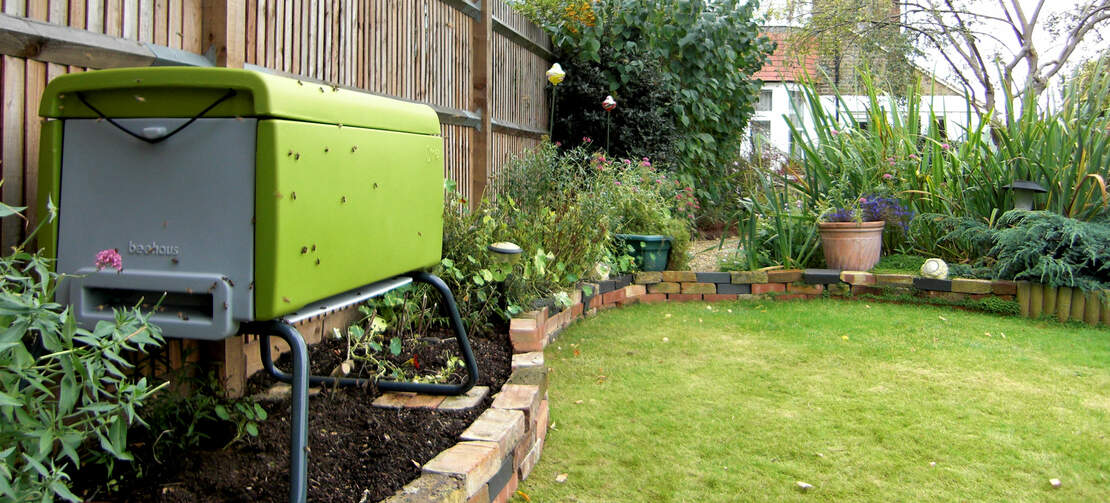
Previous
Next
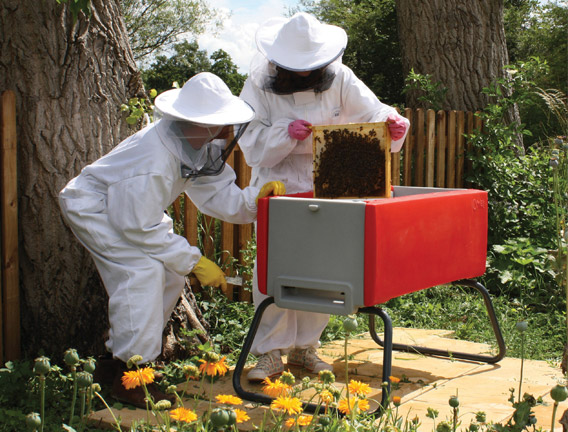
The Beehaus from Omlet makes keeping bees and collecting your own honey fun and rewarding. Bees are probably the most fascinating and certainly the smallest food producing animals you can keep at home. Now you can enjoy the amazing experience of beekeeping in your own garden or even on your rooftop. The plastic Beehaus beehive comes complete with everything you need to get started with beekeeping, you'll receive all the extras such as frames and wax foundation that you need before your bees arrive.
Inspired by the way bees live in the wild and building on the classic principles of beekeeping, you will find the this bee house a delight to use. Omlet's service and support will give you all the confidence you need to keep bees in your garden.
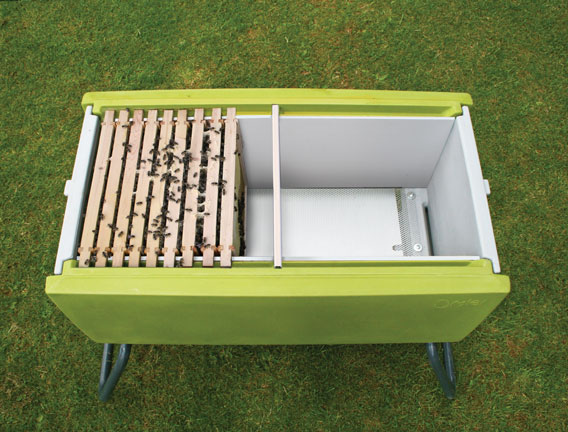
The plastic beehive brood box has two entrances - one at either end. There is enough space to accommodate 22 frames, which is double the number of frames in a traditional National hive. In spring when the queen is laying at her maximum rate your bees will be rapidly expanding in number. The extra space in the Beehaus allows you to either a) expand the hive as a single colony or b) divide the hive in two and start a second colony. This is an effective method of managing your bees’ natural urge to swarm.
Modern bees need more space than they did in the past because queens have been bred to be more prolific egg layers. The Beehaus uses deep National frames (14”x12”) that allow the whole colony to live in a single brood box. This simplifies inspecting your bees and is less disruptive to the bees compared to being housed in a double brood box system. Your bees will be calmer and easier to work with.
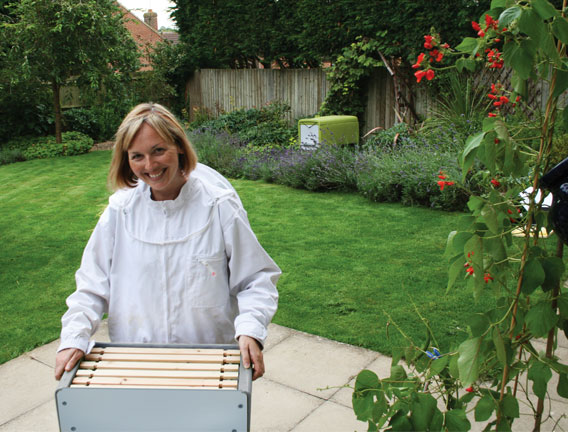
The Beehaus comes with four ‘supers’ for the bees to store honey. You place these boxes on top of the hive in the spring when the bees start collecting nectar. The supers use a standard National super frame. However for easy handling, the Beehaus’ super boxes are half the size and therefore half the weight of a traditional beehive super box.
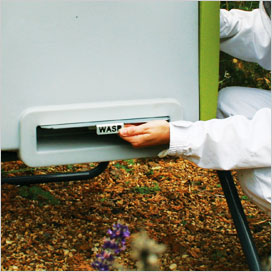
This plastic beehive comes with a stainless steel entrance block useful for temporarily closing the hive. The wasp guard turns your hive into a fortress that the bees find easy to defend.
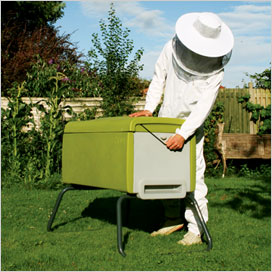
The lid and honeyboxes are held securely to the base of the Beehaus by a strong cord which is quickly fastened at each end of the hive.
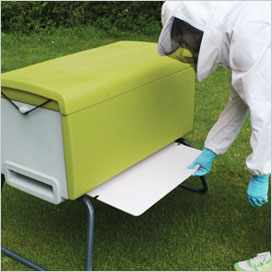
This is located under the mesh floor of the house. It catches any mites or debris that fall from the hive which you can then examine to learn about the health of your bees.
Bees need a warm, secure and dry place to live. In the wild, bees make their nest in a variety of places such as hollow trees and holes in rocks. Beehives were developed to make it easier to manage a colony of bees and collect honey. The diagram below explains the different parts of the Beehaus and their function.
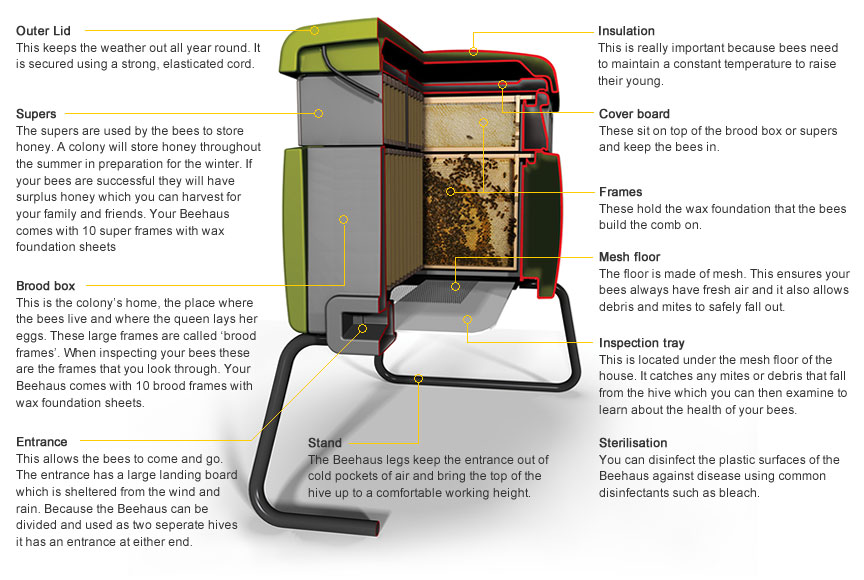
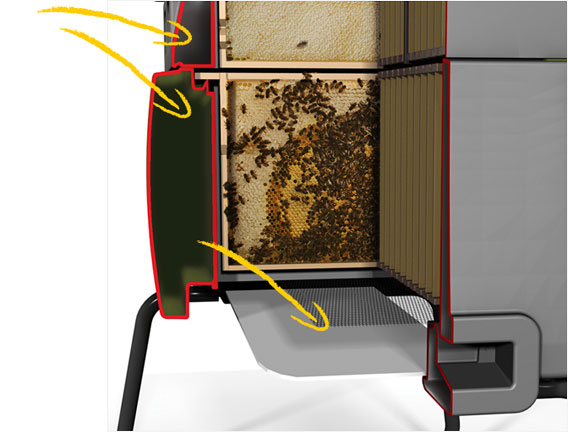
The innovative all-round double layer insulation helps keep your bees warm in the winter and cool in the summer. This is important as bees need to maintain a stable 35°C in the hive. They control variations in temperature by vibrating their bodies to generate heat or by using their wings as fans to circulate cool air.
The bee house mesh floor ensures your bees have good air flow within the hive. It also allows debris and mites to fall out and this helps keep your bees healthy.
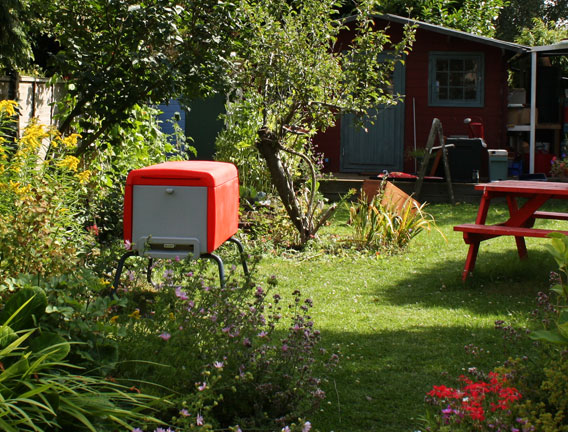
This modern beehive will bring your garden to life. Its compact shape means that finding a suitable spot is easy and the large range of attractive colours will suit any garden. You can keep bees whether you live in a town or the country. Bees are kept very successfully in urban gardens and rooftops where they forage in gardens and parks. Urban honey has a delicious flavour from the wide variety of plants available. In the country bees can collect nectar from crops, orchards and wild flowers.
The Beehaus comes as a complete hive ready for you to keep bees. Not only that, we’re so confident you’ll love everything about the Beehaus and your new bees we offer a 30-day, no-quibble money-back guarantee.
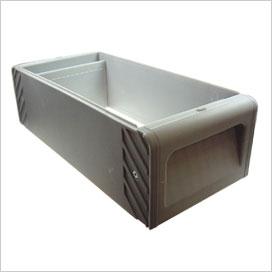
Each super holds 5 frames - enough to store approximately 7-8 kgs of honey.
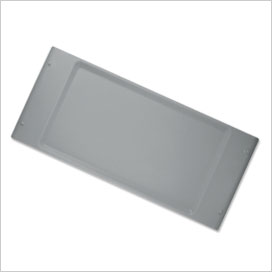
These fit on top of the supers and the hive to seal the bees in.
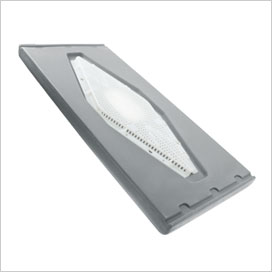
These are used to empty bees from the supers or feed the bees.
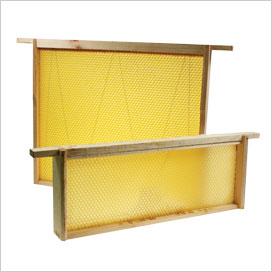
10 deep National brood frames and 10 National super frames - including wax foundation.
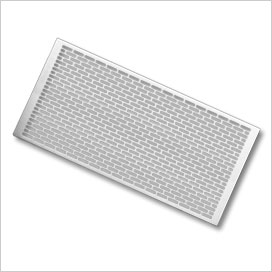
Stops the queen laying eggs in the honey supers
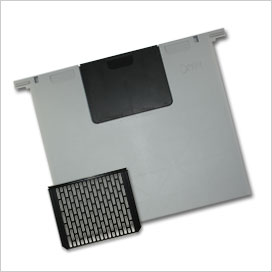
Converts your Beehaus into two separate hives.
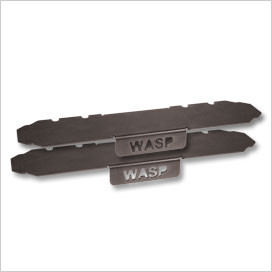
Use to shut the entrance or provide protection against wasps
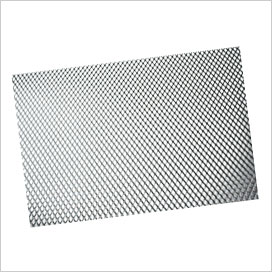
This ensures your bees have fresh air all year round.
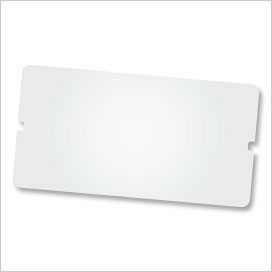
Shows up anything that drops out of the hive.
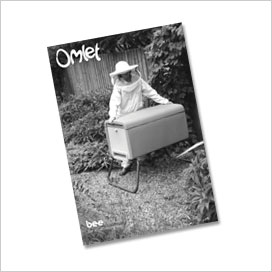
A complete guide to keeping bees packed with useful advice Download Now For Free!
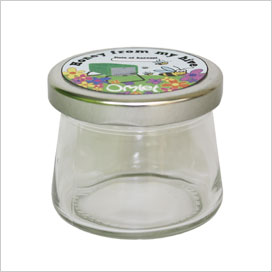
Still taking wine to dinner parties? Your own honey is much more exclusive.

If you are not entirely satisfied with your Beehaus, you can send it back for a full refund.
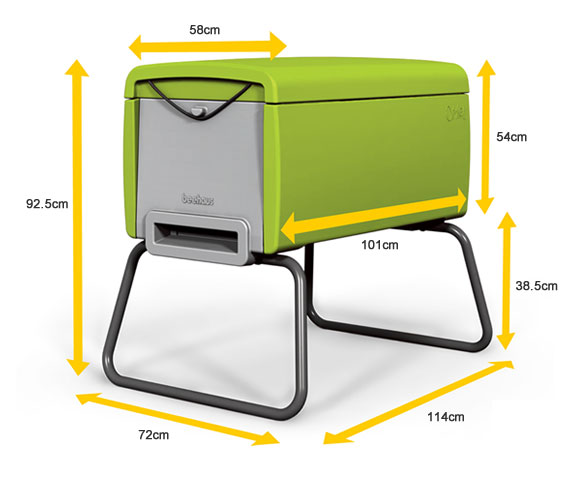
The Beehaus is raised off the ground on sturdy legs. You don’t have to bend to lift heavy boxes as you do with traditional hives. Having the top of the hive at a convenient height and with space alongside to rest tools makes the job much easier.
The image below shows an illustration of the Beehaus next to a national and WBC hive. You can see that the Beehaus is more spacious and set at a better working height than traditional hives
An ideal spot in a garden is against a hedge or fence to protect flying bees from the wind and rain. You should position the hive entrance so that the bees can fly in and out in a straight line. A quiet spot in the garden away from frequently used paths is best.
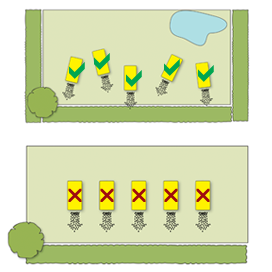
If you have neighbours then you can encourage your bees to reach their normal flying height quickly by planting a hedge or placing a fence approximately 2m in front of the hive. Bees normally fly above head height at about 5m above the ground.
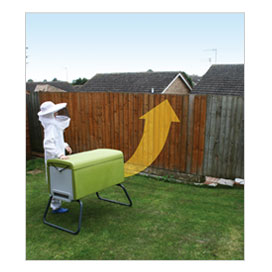
If you live in a town and have a flat rooftop this can make a great spot to keep your bees. They can fly in and out of the hive undisturbed and will have a great view.
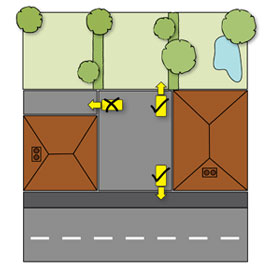
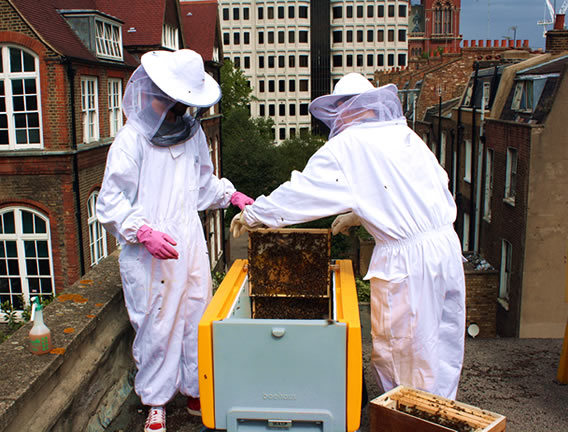
Omlet can supply you with a list of suppliers in your area where you can source your colonies from. Bees are typically supplied on six frames which you can put straight into your beehaus.
Bees are subject to availability, so order early to avoid disappointment.
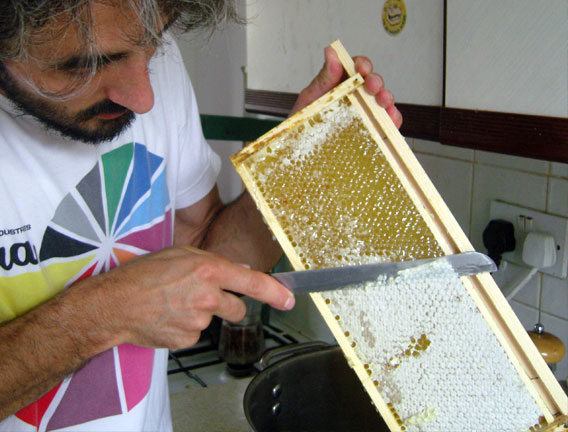
Naturally, your bees wouldn’t expect to be able to live in such magnificent accommodation as the Beehaus rent free. You can collect an average of 50 jars of honey per year - although in a good year a colony may produce up to 100kg of honey! The amount depends on the size of the colony, the weather and the quantity and quality of the nectar near the bees. You’ll need to leave your bees with between 10 and 15kg of supplies to see them through the winter.
The simplest way of harvesting the honey is to uncap the comb and then scrape the honey into a colander which is sitting over a large container. The honey will drain from the wax into the container below. You can further strain the mush of wax by wrapping it in muslin cloth and the beeswax can then be used to make soap, candles, furniture polish, and a whole range of other useful things!